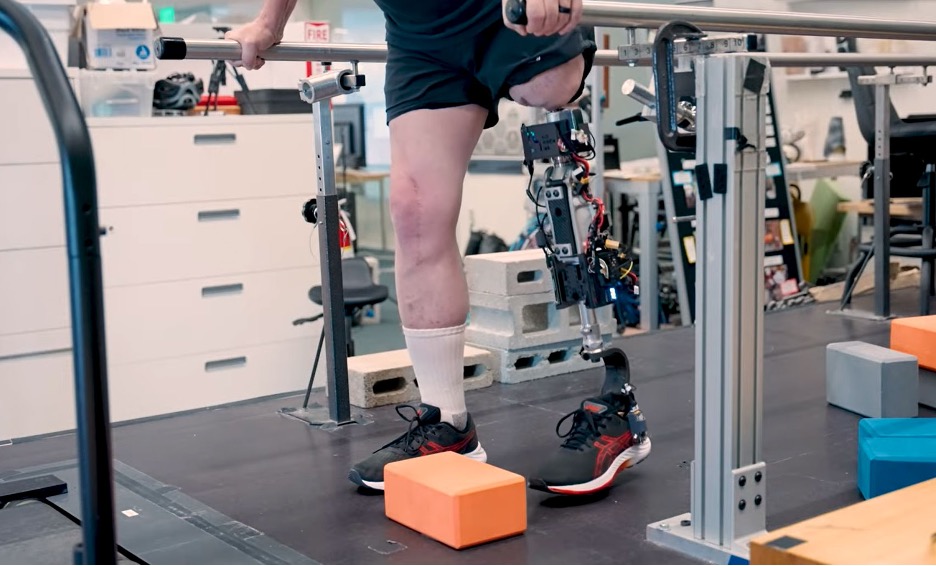
Leading research and advisory firm Gartner highlighted the top strategic technology trends that organizations need to explore in 2020. Findings were presented during Gartner IT Symposium/Xpo, which took place last week.
According to Gartner, a strategic technology trend is one with substantial disruptive potential that is beginning to break out of an emerging state into broader impact and use, or which is rapidly growing with a high degree of volatility reaching tipping points over the next five years, reports Business Wire.
“People-centric smart spaces are the structure used to organize and evaluate the primary impact of the Gartner top strategic technology trends for 2020,” said David Cearley, vice president and Gartner Fellow.
The top 10 strategic technology trends as Gartner predicts for 2020 are:
Hyperautomation
Hyperautomation is the combination of multiple machine learning (ML), packaged software and automation tools to deliver work. Understanding the range of automation mechanisms, how they relate to one another and how they can be combined and coordinated is a major focus for hyperautomation.
Multiexperience
Through 2028, the user experience will undergo a significant shift in how users perceive the digital world and how they interact with it. Virtual reality (VR), augmented reality (AR) and mixed reality (MR) are changing the way in which people perceive the digital world. This combined shift in both perception and interaction models leads to the future multisensory and multimodal experience.
Read more How IoT is Shaping the Smart Cities of Tomorrow
Democratization of Expertise
Democratization is focused on providing people with access to technical expertise (e.g. ML, application development) or business domain expertise (e.g. sales process, economic analysis) via a radically simplified experience and without requiring extensive and costly training. Through 2023, Gartner expects four key aspects of the democratization trend to accelerate, including democratization of data and analytics, democratization of development, democratization of design and democratization of knowledge (non-IT professionals gaining access to tools and expert).
Human Augmentation
Human augmentation explores how technology can be used to deliver cognitive and physical improvements as an integral part of the human experience. Over the next 10 years increasing levels of physical and cognitive human augmentation will become prevalent as individuals seek personal enhancements.

Transparency and Traceability
Consumers are increasingly demanding control of their valuable information. Organizations recognize the increasing risk of securing and managing personal data, and governments are implementing strict legislation to ensure they do. Transparency and traceability are critical elements to support these digital ethics and privacy needs.
The Empowered Edge
Edge computing is a computing topology in which information processing and content collection and delivery are placed closer to the sources, repositories and consumers of this information. It tries to keep the traffic and processing local to reduce latency, exploit the capabilities of the edge and enable greater autonomy at the edge.
Read more Wearable Devices to Help Improve Performance and Safety in a Fleet
Distributed Cloud
A distributed cloud is the distribution of public cloud services to different locations while the originating public cloud provider assumes responsibility for the operation, governance, updates to and evolution of the services.
Autonomous Things
Autonomous things are physical devices that use AI to automate functions previously performed by humans. The most recognizable forms of autonomous things are robots, drones, autonomous vehicles/ships and appliances.
Practical Blockchain
Blockchain has the potential to reshape industries by enabling trust, providing transparency and enabling value exchange across business ecosystems, potentially lowering costs, reducing transaction settlement times and improving cash flow.
AI Security
AI and ML will continue to be applied to augment human decision making across a broad set of use cases. While this creates great opportunities to enable hyperautomation and leverage autonomous things to deliver business transformation, it creates significant new challenges for the security team and risk leaders with a massive increase in potential points of attack with IoT, cloud computing, microservices and highly connected systems in smart spaces. Security and risk leaders should focus on three key areas — protecting AI-powered systems, leveraging AI to enhance security defense, and anticipating nefarious use of AI by attackers.


